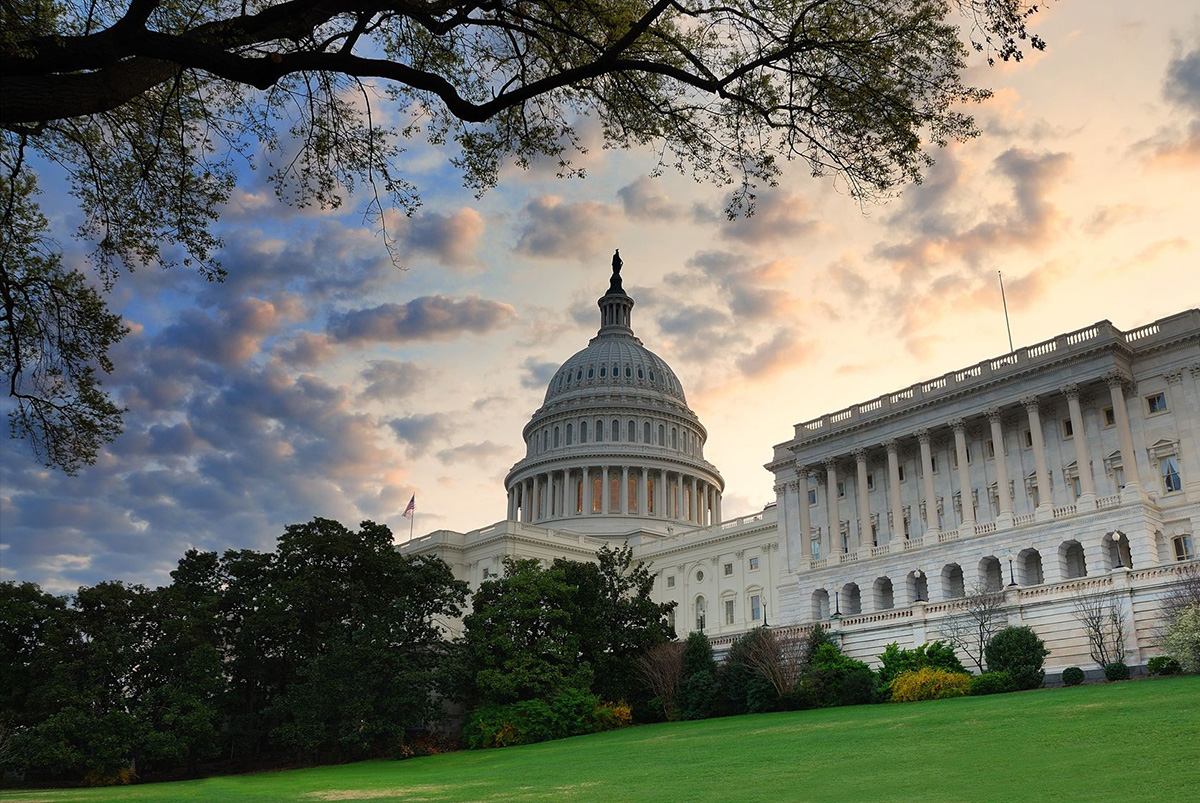In a remarkable move breaching a four-decade precedent and characterized by many as a snub, the Republican chairmen of the House and Senate Budget Committees declined to invite the director of the Office of Management and Budget to present President Obama’s 2017 budget to their committees.
Utterly ignoring the president’s proposed budget is short-sighted, especially since congressional Republicans are disunited on fiscal issues. In January the Congressional Budget Office (CBO) updated its estimate of the cumulative federal deficit for the next 10 years to $8.5 trillion, versus just $7 billion last August. The reason for the increase is that Republicans, who control both chambers, have won some tax cuts but no spending cuts.
Obama’s latest budget offers the opportunity to remedy this, if only to a small degree and only by being very selective. To be sure, most of the budget is awful. For health care the president offers huge spending increases, tax hikes (disguised as higher Medicare Part B premiums), and spending cuts that would harm innovation and restrict patient choice. This last category includes government-dictated prices for prescription drugs (which would drive capital out of pharmaceutical research and development) and imposition of Obamacare’s Medical Loss Ratio (MLR) regulations on Medicaid managed-care plans. MLR regulations have turned private health insurance into a regulated utility: insurers are guaranteed a profit for offering government-sanctioned plans, which has resulted in double-digit premium hikes. Imposing the same regulations on Medicaid managed-care plans would likely have the same effect.Nevertheless, good cherry-picking by congressional leaders willing to cut spending on Obama’s terms could result in marginal improvements to federal health spending and finally allow the Republican majority to demonstrate it can govern with fiscal prudence. Two stand out:
Medicare Advantage competitive bidding. Medicare Advantage, under which private insurers offer Medicare benefits outside the Soviet-style fixed prices of old-fashioned Medicare, is a winner. Almost 20 million seniors will enroll in Medicare Advantage plans in 2017. Currently, plans bid against a government benchmark to win the opportunity to compete for Medicare beneficiaries. For the first time, the president proposes that plans bid against each other. Along with lesser reforms, this would save $77 billion over 10 years.
Medicare bad debt. The president’s budget proposes $33 billion in savings by reducing Medicare’s coverage of bad debts to hospitals and other facilities. Currently, the federal government pays 65 percent of facilities’ bad debts, which the president would cut to 25 percent. This would reduce the burden on taxpayers and force hospitals to be more transparent in communicating prices and payment obligations to Medicare beneficiaries.
Cost-cutting proposals from previous budgets are absent from the current one, although there is bipartisan support for at least two. Congress should resurrect them in its own budget proposal:
Site-neutral Medicare payments. Many services cost significantly less when provided in an outpatient setting rather than in a hospital. However, hospitals which own outpatient facilities are expert at claiming higher hospital-based charges for off-campus services. In last October’s budget deal Congress and the president closed this loophole for newly built facilities, saving $10 billion over 10 years. However, Obama has previously proposed similar changes for incumbent facilities, which would save $30 billion over 10 years.
Medicare supplemental (Medigap) insurance. Most Medigap plans pay beneficiaries’ deductibles and co-pays, making beneficiaries insensitive to the total cost of their Medicare services. Discouraging beneficiaries from buying such plans would make them more cost-conscious. Last April Congress passed a Medicare bill (which the president signed) restricting first-dollar coverage for Medigap plans. However, that reform does not take effect until 2020, which means it will save less than $1 billion, according to the CBO. Last year the president proposed to implement this reform in 2018, which would have added $3 billion to the savings.
These reforms alone are not going to put Medicare on a sound fiscal footing. Nevertheless, they are reasonable first steps the Republican majority in Congress can take to demonstrate it can govern responsibly with spending cuts that will win the president’s signature.








